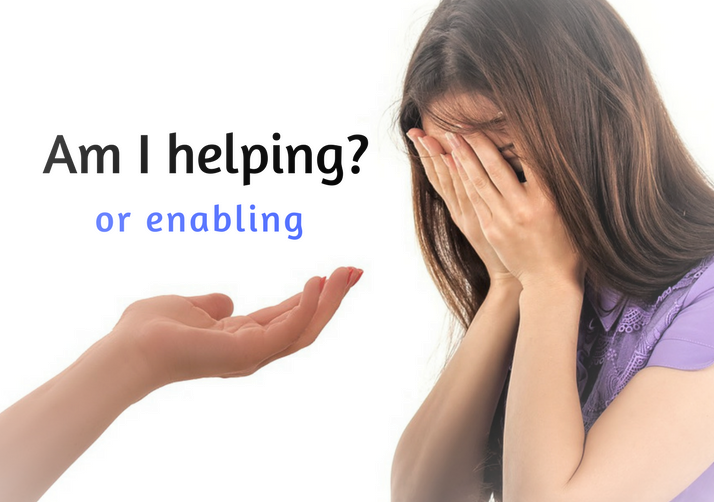Very often in the beginning stages of treatment, we’re asked by a spouse, parent or caretaker, “How do I help without enabling?” Usually this is a good start, because there’s a realization that there’s a difference between the two.
Generally speaking, enabling maintains or increases the negative behavior, while helping, in the long run, decreases the negative behavior. Now, what does that mean?
Enabling may decrease a person’s anxiety in the short run: by allowing my child to not go to school today, it decreases her anxiety and stress for this day. However, by doing this, it maintains the anxiety in the long run: my daughter has learned to manage her anxiety by avoiding school.
Helping, on the other hand, may not decrease a person’s anxiety in the short run: by refusing to allow my child to stay at home, it increases her anxiety and stress for this day. However, this will help her learn to face her anxiety, recognize that she is able to handle her anxiety and do things despite her anxiety, not because of it.
Think of it this way: what is my end goal? Is it that my spouse/child/loved one in the long run is able to handle situations despite feeling anxious, or is it that they are less anxious just for today?
Bear in mind, however, that before withholding help that was previously always given in fearful situations, the individual needs to learn tools and techniques to handle stress. This goes beyond “take some nice deep breaths” or “suck it up and do it”, but rather how to deal with irrational cognitions, strong physiological sensations and harmful behaviors.
If you think you’re enabling a loved one, we’d be happy to speak with you to see how we can help break the viscous cycle.

